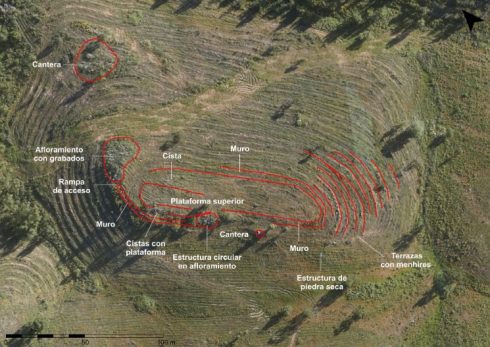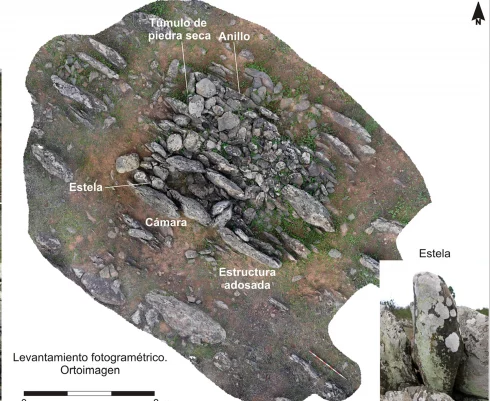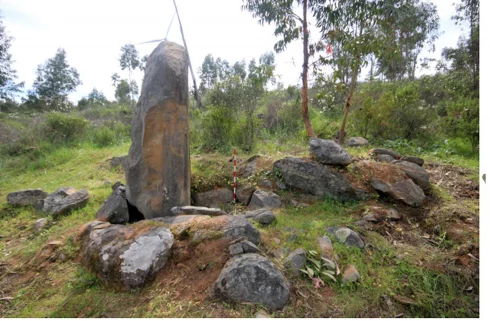A SCHEME to plant a 600 hectare avocado plantation has led to the discovery of one of the biggest megalithic sites in Europe, dating back some 8,000 years.
The owner of the La Torre-La Janera farm in the province of Huelva had asked the Junta de Andalucia permission to grow the lucrative crop, which was given on the condition a full archaeological survey was done on the site.
Now this survey has borne fruit of a rather different sort envisaged by the farmer, including 526 menhirs (standing stones) plus numerous dolmens, burial mounds, two ‘observatories’ and a wealth of other ancient material.

Originally, archaeologists only had evidence of two menhirs, five dolmens, three circular burial areas (tholoi), a quarry and four necropolises. But the new survey, which included photo-interpretation of satellite and aerial images, as well as the use of LiDAR (laser) data, revealed a much richer archaeological world.
Experts from the universities of Huelva and Alcala de Henares describe this complex – which began to be erected at the end of the sixth millennium B.C. and was maintained for almost 3,000 years – as ‘unique’.
The farm is located on the left bank of the Guadiana River, around the Monte Gordo hill.
The article El sitio megalítico de La Torre-La Janera (Huelva): monumentalidades prehistoricas del Bajo Guadiana outlines the finds.
Most of the menhirs (up to 260) are concentrated in 26 alignments and two stone circles. The alignments, from one to six rows, can reach 250 metres in length. They were all built on slopes or summits.

The stone circles were built ‘on the tops of hills with a clear horizon towards the rising sun’ aligned during equinox and solstice, according to the report.
In addition, numerous dolmens, tumuli and cists (stone lined graves) have been detected.

The dolmens have been found both isolated and grouped together. One of them has a chamber 3.50 metres long, almost a metre wide and a circular tumulus surrounding it with a diameter of seven metres.
The study was carried out as part of the general research project Menhigua. Menhirs and megaliths in the Lower Guadiana. The work began at the end of 2021 and will continue until 2027, when it is planned to conclude analysis of the site.
READ MORE:

